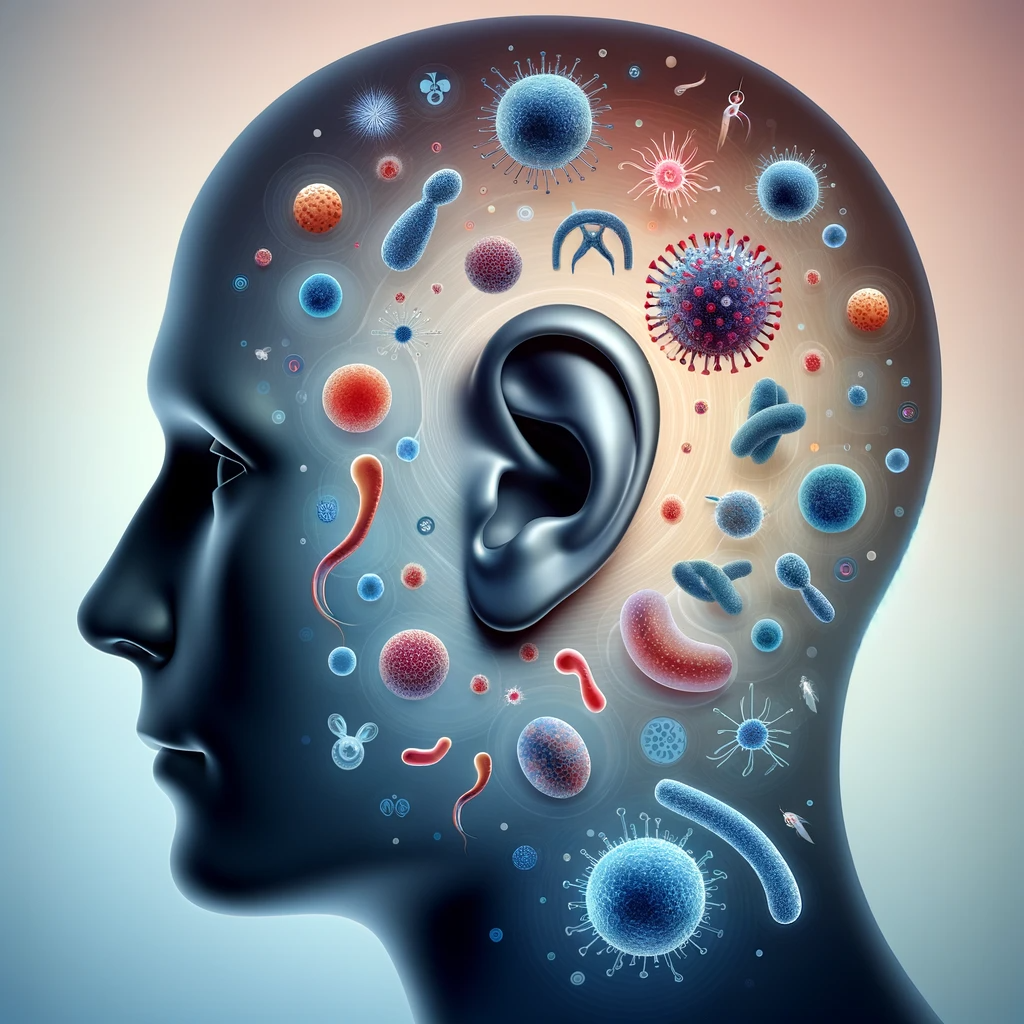Deafness Caused by Disease
There are varying reasons a person may be diagnosed with deafness. Some people are born deaf while others obtain hearing loss due to affliction with disease. Many members of the deaf community had hearing at one point, only to lose it later in life. Some of the most prevalent diseases known to cause deafness include meningitis, Ménière’s Disease, Alport Syndrome, rubella, and mumps. There are two main causes of deafness, these are congenital and acquired. Congenital hearing loss is present at birth while acquired hearing loss occurs after birth. Hearing loss due to disease may be either congenital or acquired.
Those who become deaf due to disease may contract the illness in the womb or after birth. Some diseases that a pregnant woman may have that can lead to hearing loss in the fetus include rubella, toxoplasmosis, and cytomegalovirus. The sexually transmitted diseases, syphilis and herpes, can also lead to fetal hearing loss. It is important that every pregnant woman is provided with health information to ensure she understands the risks associated with various diseases as well as medications. Sometimes, getting a vaccination while pregnant can result in an unborn child’s hearing loss; therefore, many doctors will advise pregnant women not to get a vaccination. Women who are planning a pregnancy should receive certain vaccinations well before she conceives to ensure the greatest amount of protection. Understanding the risks associated with certain medications, vaccinations, and disease will help ensure a woman is adequately prepared to protect her child.
One of the most important areas of deaf education is in providing resources for parents of children that suddenly lose their hearing. Parents who are suddenly thrust into deaf culture may feel overwhelmed, scared, and even angry. Some parents may find they are associating with deaf people for the first time and be a bit intimidated or even scared. It is normal for parents to feel a bit apprehensive when they first learn their child is deaf. Fortunately, the deaf community is full of people who will help you as you go through an adjustment period. The greatest fear that parents have is regarding communication and they may wonder if they can truly communicate with their child. Deaf education is not just for children but for parents as well. Learning sign language will be a priority and as parents learn the language they will feel more comfortable communicating with all deaf people, not just their children. Deaf culture is one that is rich in literature, arts, poetry, and music. Being deaf does not mean that someone has lower intelligence or is prevented from enjoying the finer things in life. The same opportunities and advantages that exist for the hearing world are available to the hearing impaired, but deaf education is a priority.
One thing to keep in mind is that being deaf is not a disease. Though a disease may cause the condition, deaf people are not those who should be treated as though they have an illness. With support from your health care provider, audiologists, and the deaf community and through plenty of love, patience, and understanding, there is no reason why hearing impaired children cannot grow up and enjoy the same benefits and advantages offered to other children. High quality deaf education is crucial for ensuring hearing impaired children grow up in a thriving environment that provides the tools and resources needed to overcome any obstacles. Education ensures that hearing-impaired children are well acclimated with deaf culture and will go on to lead successful lives.
- What is Otosclerosis?
- What is Meningitis?
- Symptoms and Incidence of Ménière’s Disease
- Types of Hearing Loss including Syphilis Nerve Injury
- Measles and Mumps Viruses
- Early Identification of Hearing and Vision Loss is Critical to a Child’s Development, includes Chicken Pox
- Causes of Permanent Hearing Loss in Children, includes Severe Jaundice
- Congenital Cytomegalovirus and Deafness
- Diseases of the Kidney: Alport Syndrome and Hearing Loss
- Autoimmune Inner Ear Disease and Hearing Loss
- An Overview of Hearing Loss, Includes Diabetes PDF
- Congenital Rubella Syndrome

